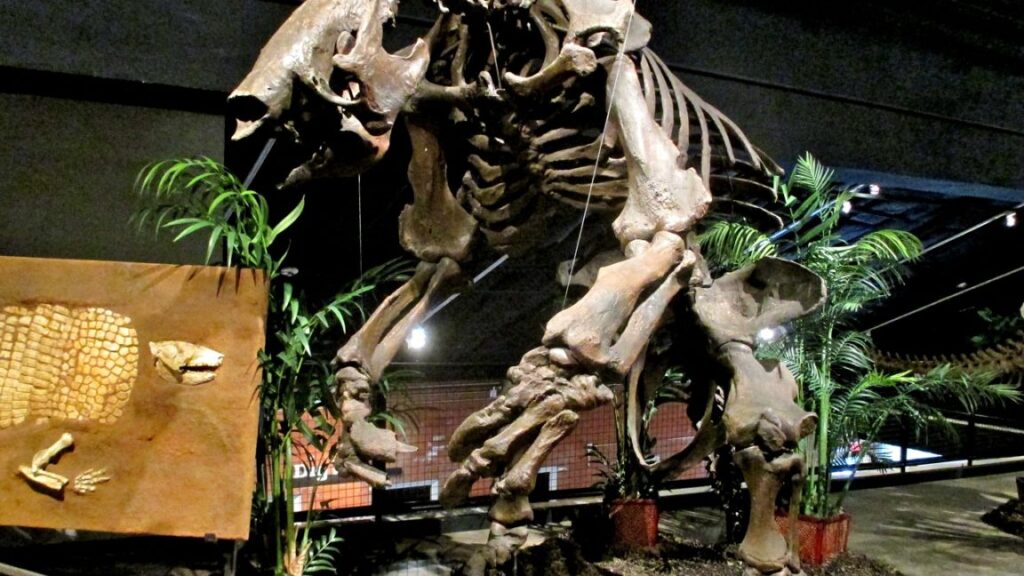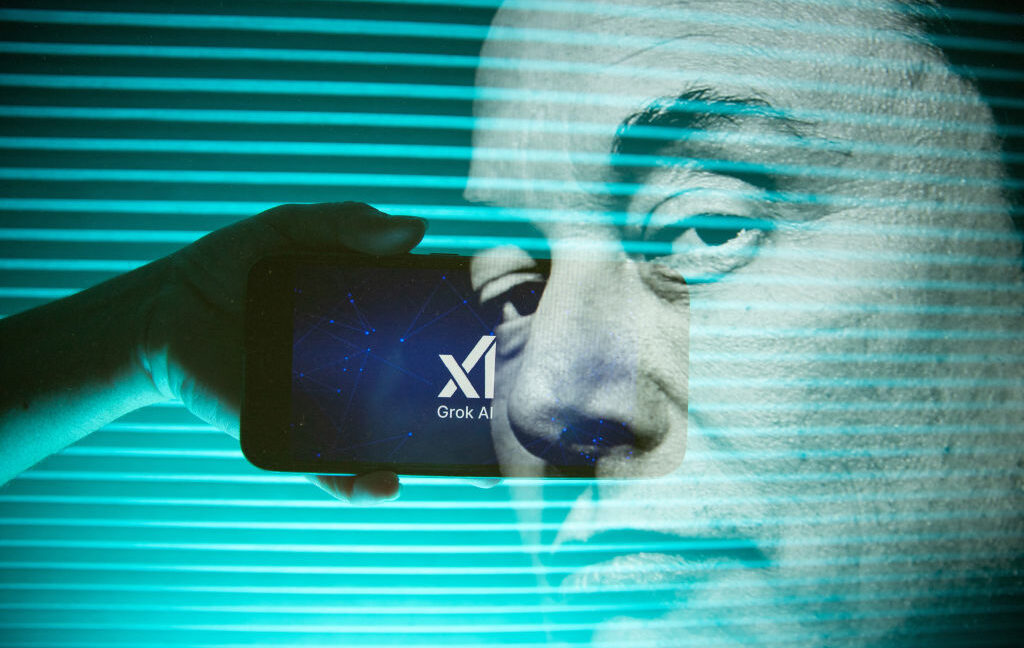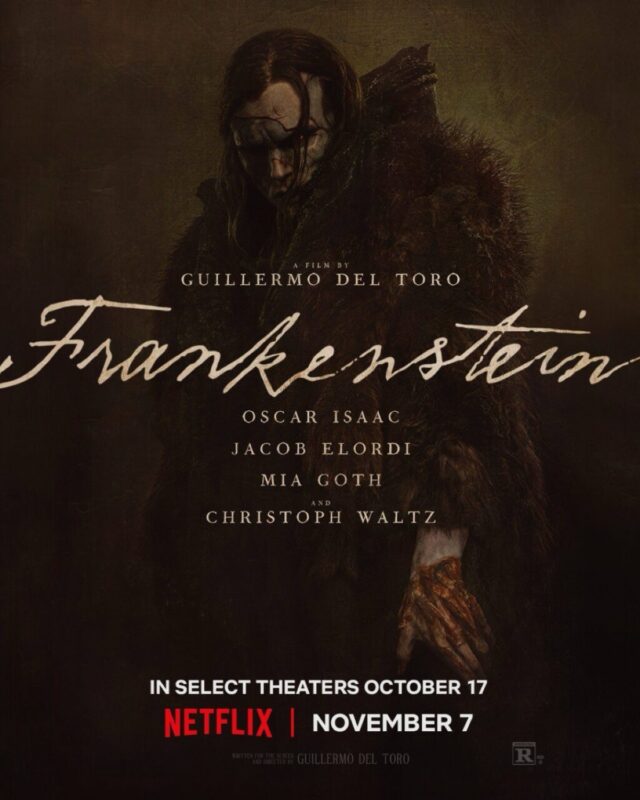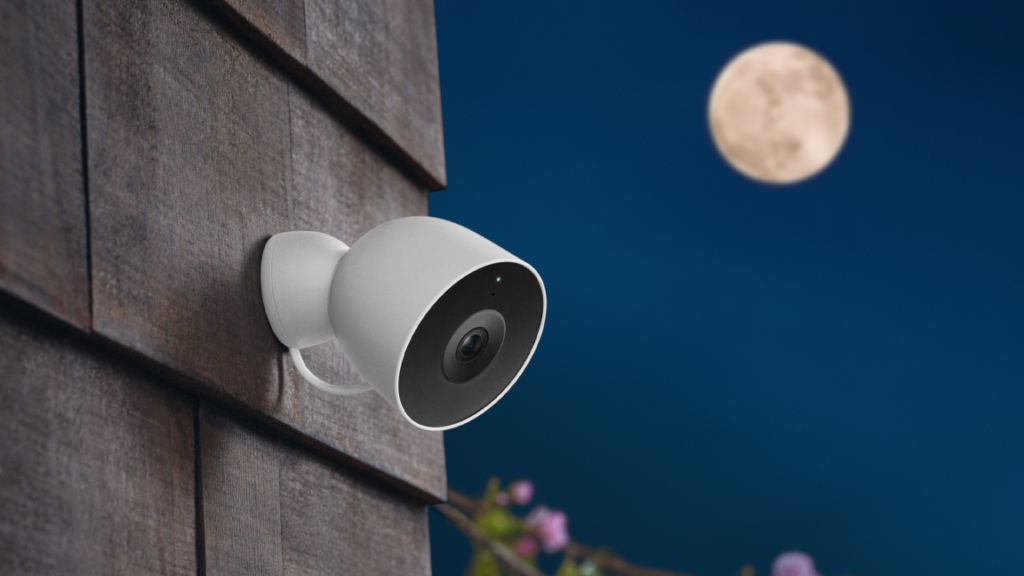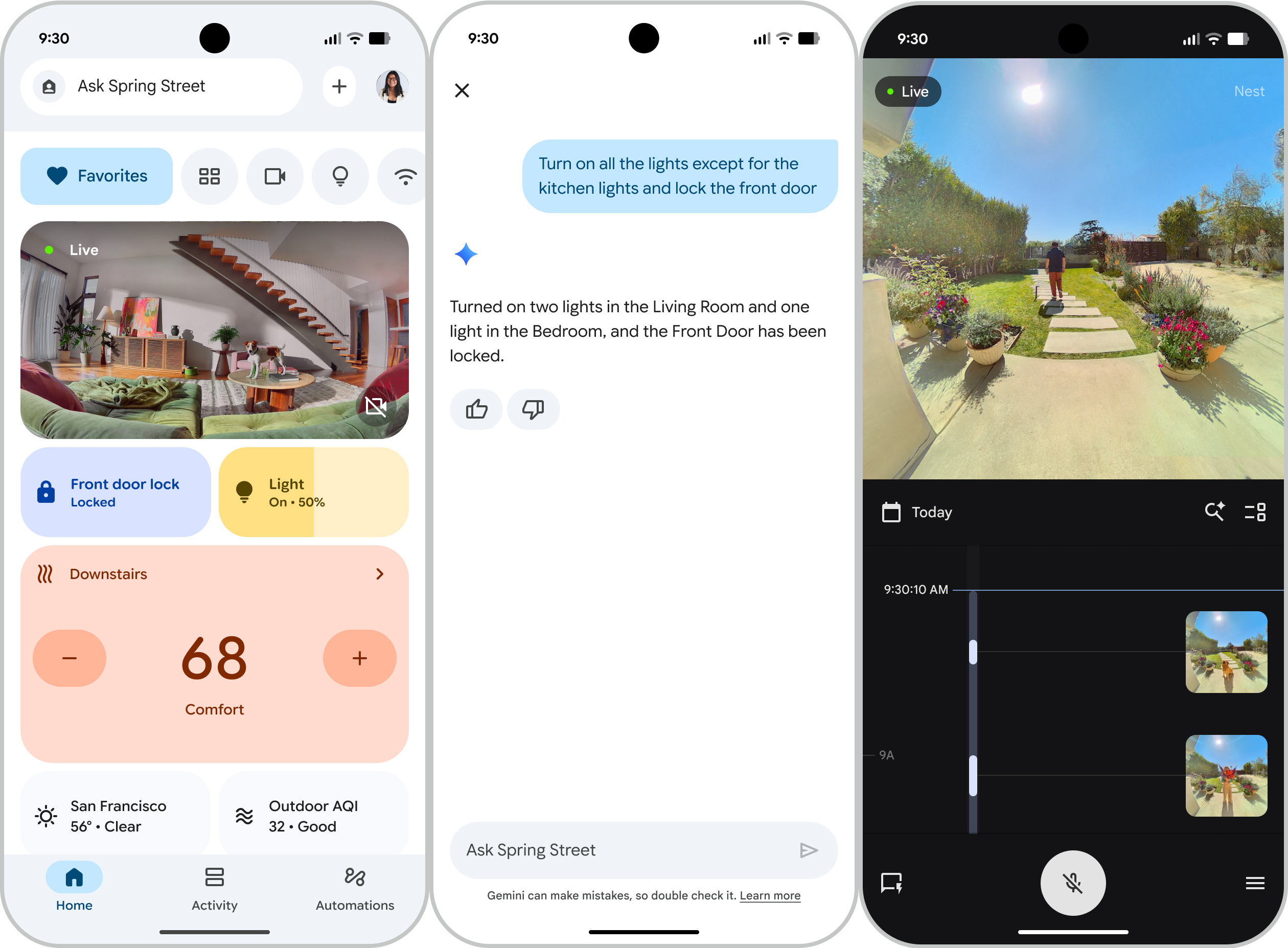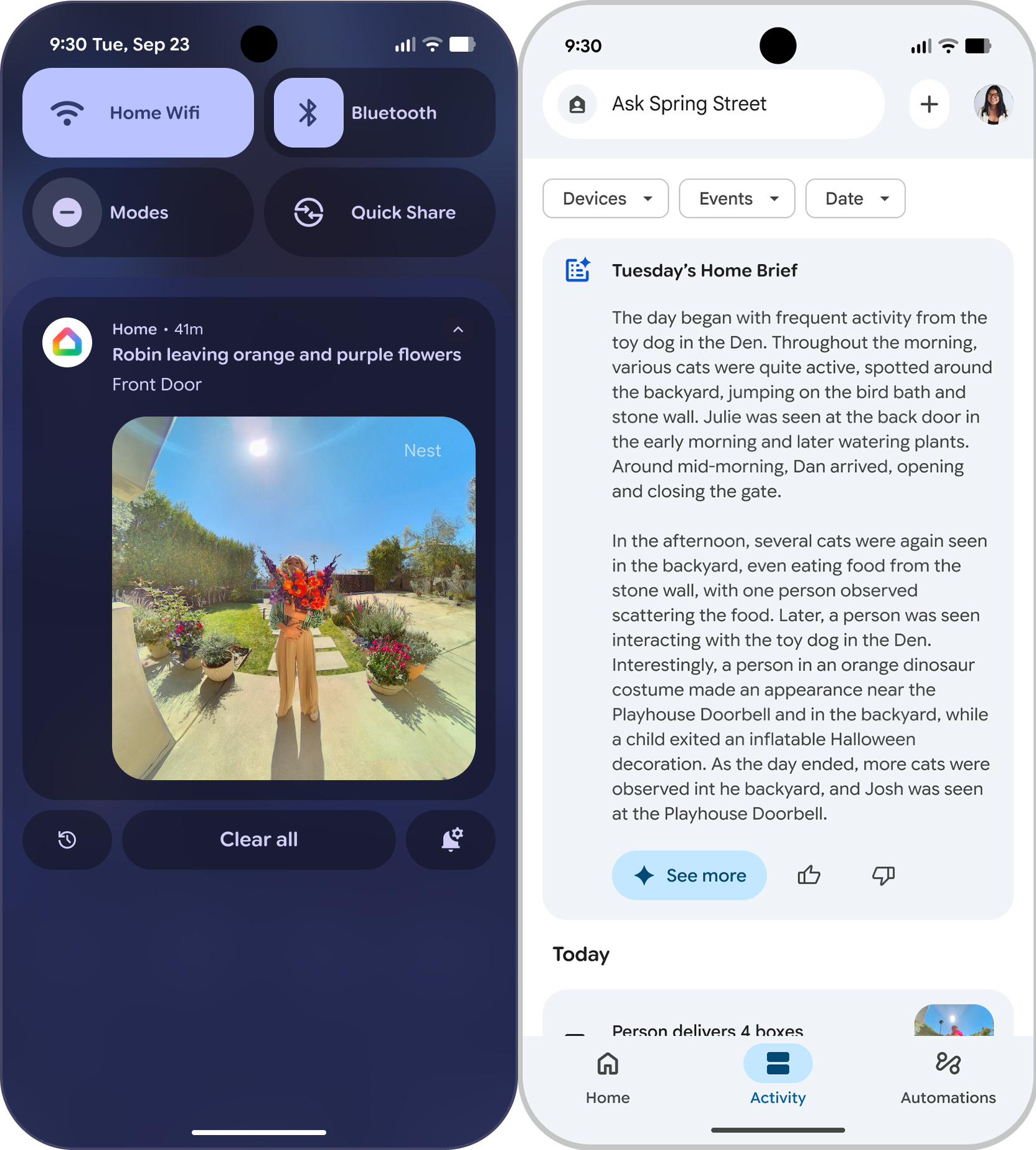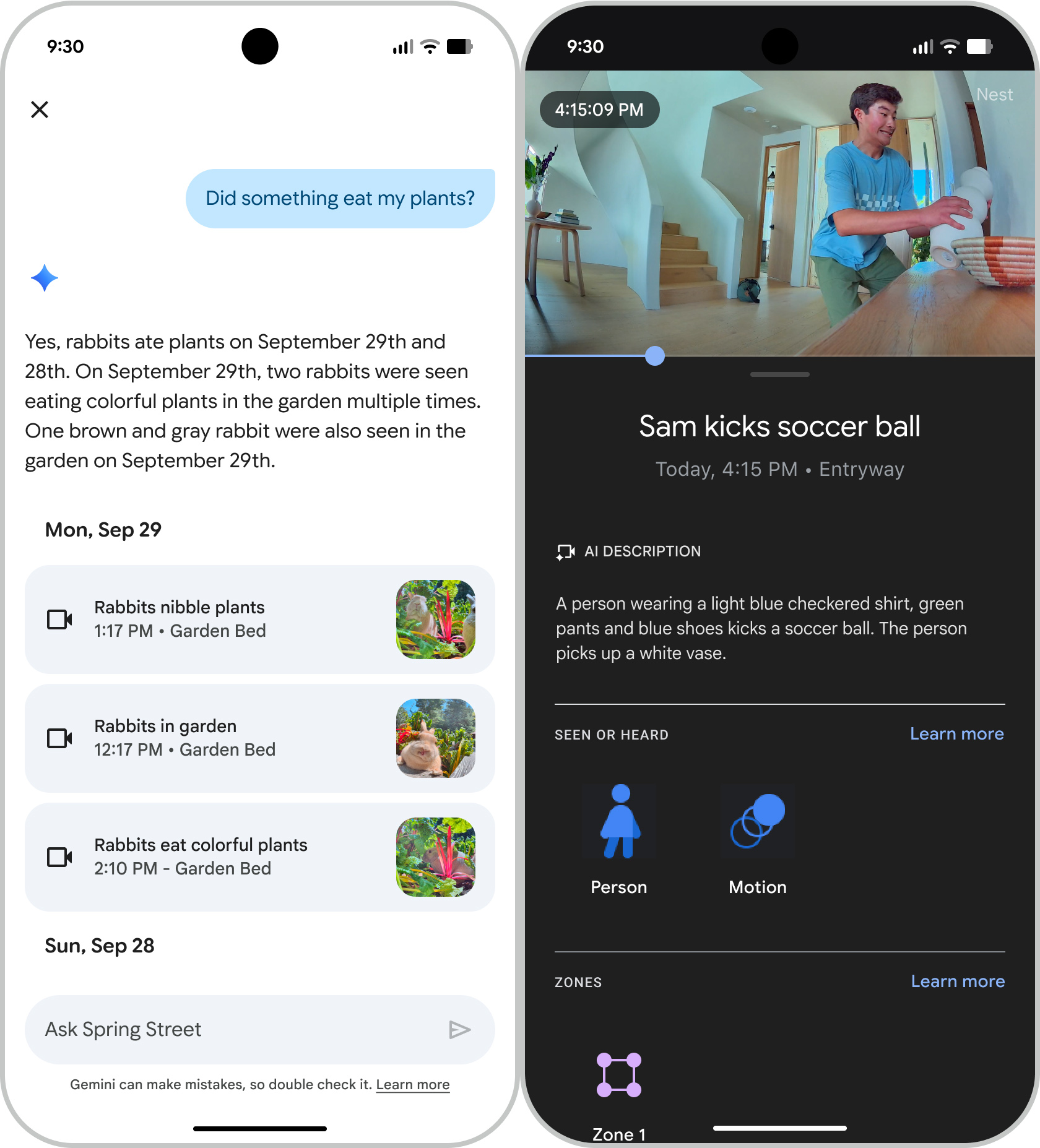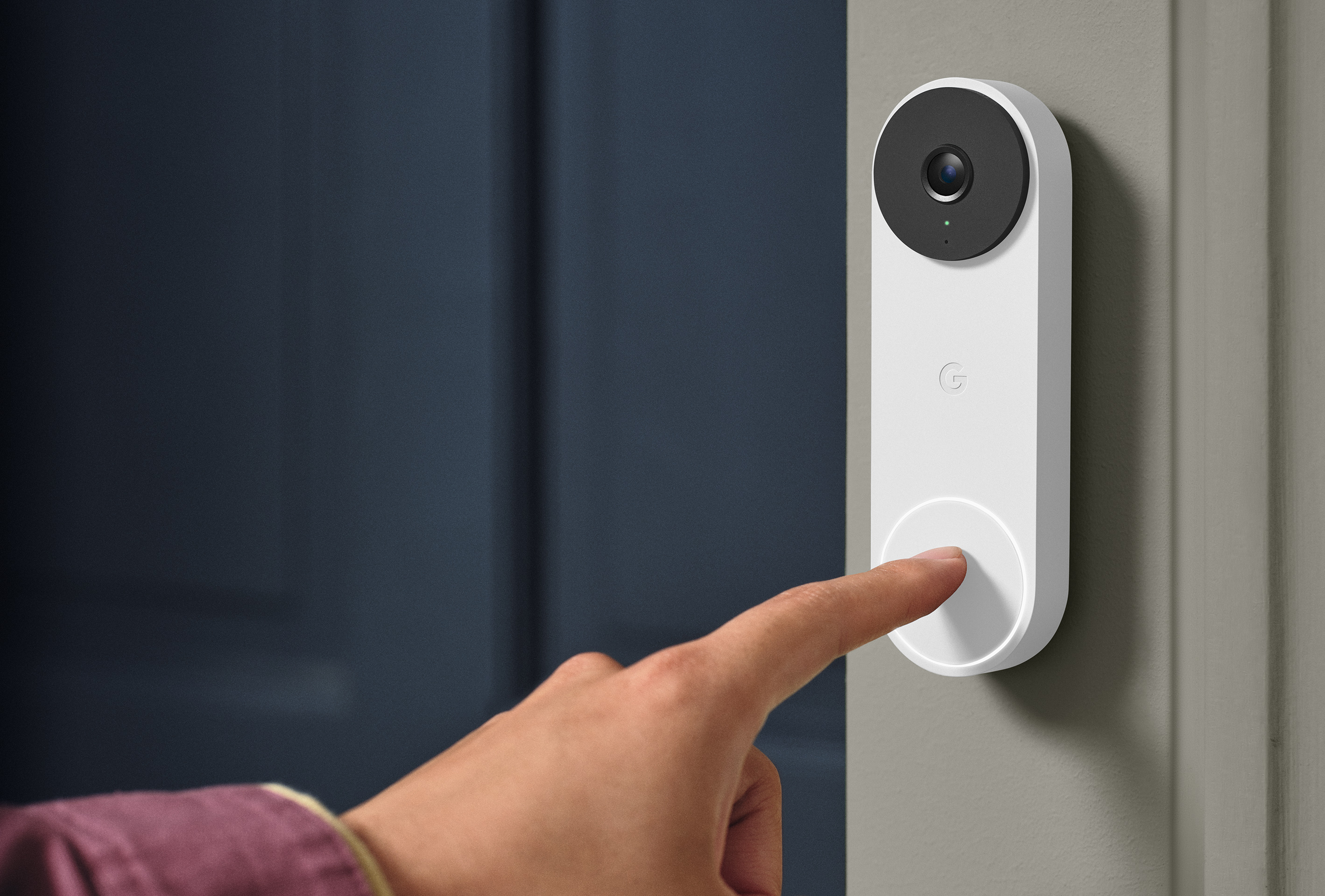Megafauna was the meat of choice for South American hunters
And that makes perfect sense, because when you reduce hunters’ choices to simple math using what’s called the prey choice model (more on that below), these long-lost species offered bigger returns for the effort of hunting. In other words, giant sloths are extinct because they were delicious and made of meat.
Yup, it’s humanity’s fault—again
As the last Ice Age drew to a close, the large animals that had once dominated the world’s chilly Pleistocene landscapes started to vanish. Mammoths, saber-toothed tigers, and giant armadillos died out altogether. Other species went locally extinct; rhinoceroses no longer stomped around southern Europe, and horses disappeared from the Americas until European colonists brought new species with them thousands of years later.
Scientists have been arguing about how much of that was humanity’s fault for quite a while.
Most of the blame goes to the world’s changing climate; habitats shifted as the world mostly got warmer and wetter. But, at least in some places, humans may have sped the process along, either by hunting the last of the Pleistocene megafauna to extinction or just by shaking up the rest of the ecosystem so much that it was all too ready to collapse, taking the biggest species down with it.
It looks, at first glance, like South America’s late Ice Age hunters are safely not guilty. For one thing, the megafauna didn’t start dying out until thousands of years after humans first set foot in the region. Archaeologists also haven’t found many sites that contain both traces of human activity and the bones of extinct horses, giant armadillos, or other megafauna. And at those few sites, megafauna bones made up only a small percentage of the contents of ancient scrap piles. Not enough evidence places us at the crime scene, in other words—or so it seems.
On the other hand, the Ice Age megafauna began dying out in South America around 13,000 years ago, roughly the same time that a type of projectile point called the fishtail appeared. That may not be a coincidence, argued one study. And late last year, another study showed that farther north, in what’s now the United States, Clovis people’s diets contained mammoth amounts of… well, mammoth.
Megafauna was the meat of choice for South American hunters Read More »
